become a member
HELP SUPPORT THE SCHUYLKILL CENTER and enjoy benefits including discounts on bird seed, our gift shop, native plants, tickets to public programs, our newsletter, access to over 180 national nature centers, priority registration, and so much more! You'll be a part of a special community of nature and wildlife champions helping connect people to the outdoors in Philadelphia.